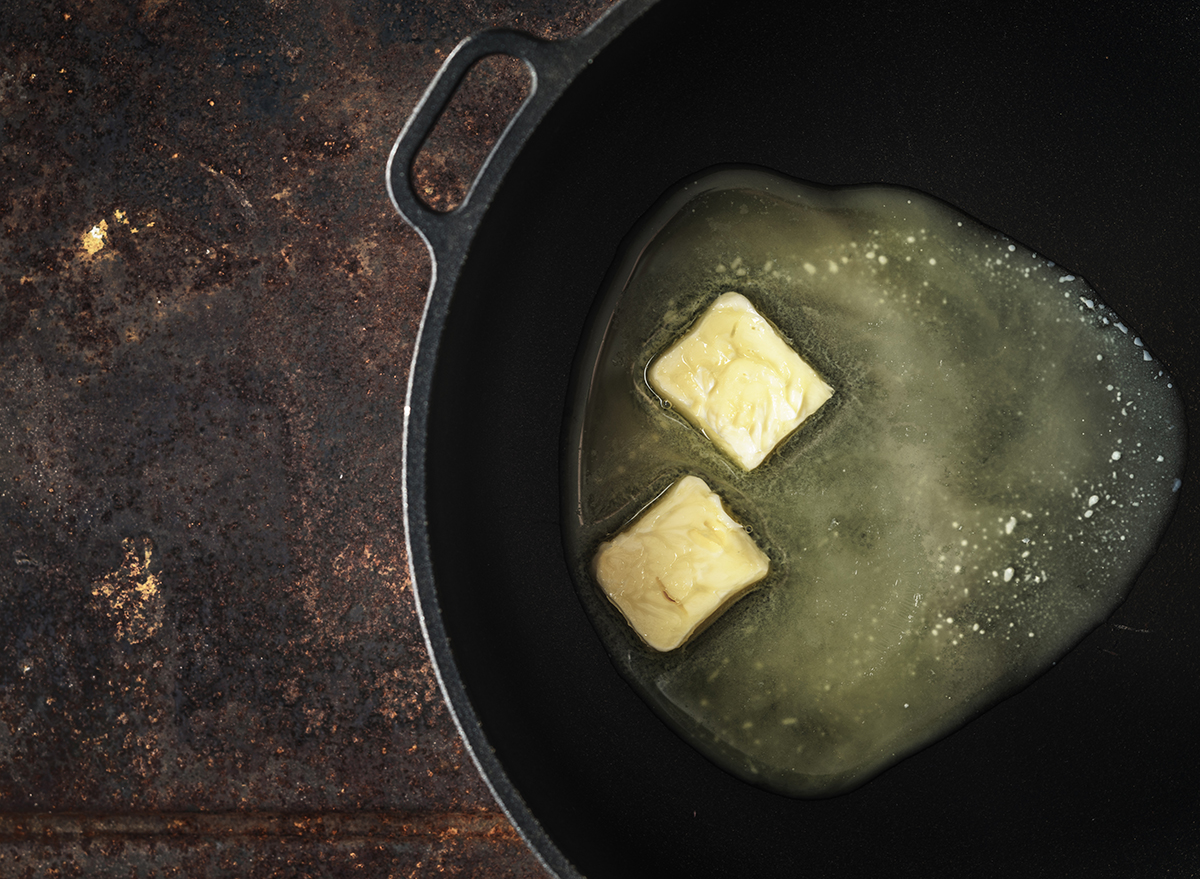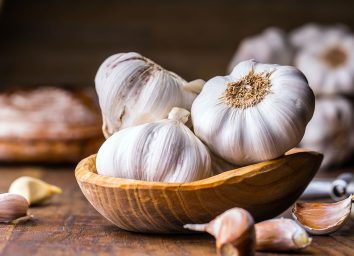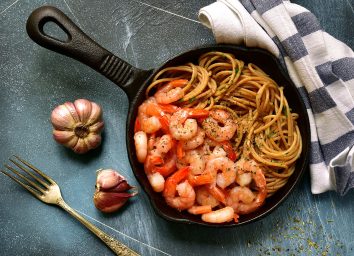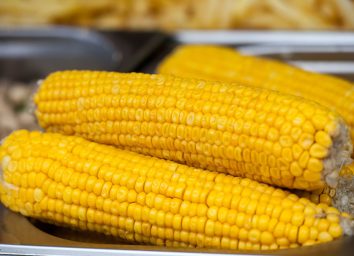This Is Why Brown Butter Has So Much More Flavor Than Basic Butter

If you're not an avid cook or chef, it may come as a surprise to hear that brown butter is actually made from regular butter; there's simply just an extra step involved. Seriously! Think about it this way in the simplest of terms: chocolate milk doesn't come from a different cow than regular milk, right? No, of course not. Chocolate syrup is often swirled into milk to make that perfect glass of chocolate milk, just as brown butter is made from heating up regular butter on a skillet.
Still confused? Not to worry. We consulted David Wang, chef de cuisine of Boleo rooftop in Chicago, Illinois, for more insight on why this form of butter yields a more complex flavor than its traditional counterpart.
How exactly do you make brown butter?
"Brown butter is the process of browning the milk solids that are in butter," says Wang. "Depending on what type of butter you buy, the average content of butter is made up of 80 percent fat to 20 percent milk solids and water."
So basically, you're browning a small fraction of the butter.
What is this type of butter used for?
The chef says that this variation of the creamy stuff can be used to caramelize anything from vegetables to meat and that it's used to amplify the flavor of the dish.
"Brown butter is used to impart flavor," says Wang. "Specifically, it tends to impart a flavor of toasted nuttiness, but the flavor spectrum ranges depending on the variation of color of the brown butter."
What makes brown butter a better choice than regular butter?
"Brown butter adds a deeper caramelized flavor to dishes that regular butter can't achieve on its own," says Wang.
Whether you're looking to sear scallops or make a flavorful dressing for sautéed carrots and onions, browning butter is a great way to achieve optimal flavor in a dish.
Any pitfalls to using brown butter over regular butter?
We know we just hyped this type of butter up, but alas, there are some dishes that regular butter is actually better for.
"Brown butter isn't always the best choice for baking purposes when you need the steam from the milk solids to create pockets of fluffiness," explains Wang. "Depending on the recipe, brown butter may need to cool down before using it so if you have time constraints, imparting flavor with butter may not be the best option."
When is it best to use brown butter?
"I definitely recommend experimenting with using brown butter in both sweet and savory dishes to notice the toasty, nutty flavor it adds to your favorite recipes," says Wang,
Now, with all info, we have a feeling you have a solid understanding of how browning butter can take your dish to the next level. Next step: start planning what recipes you want to try it out on!








